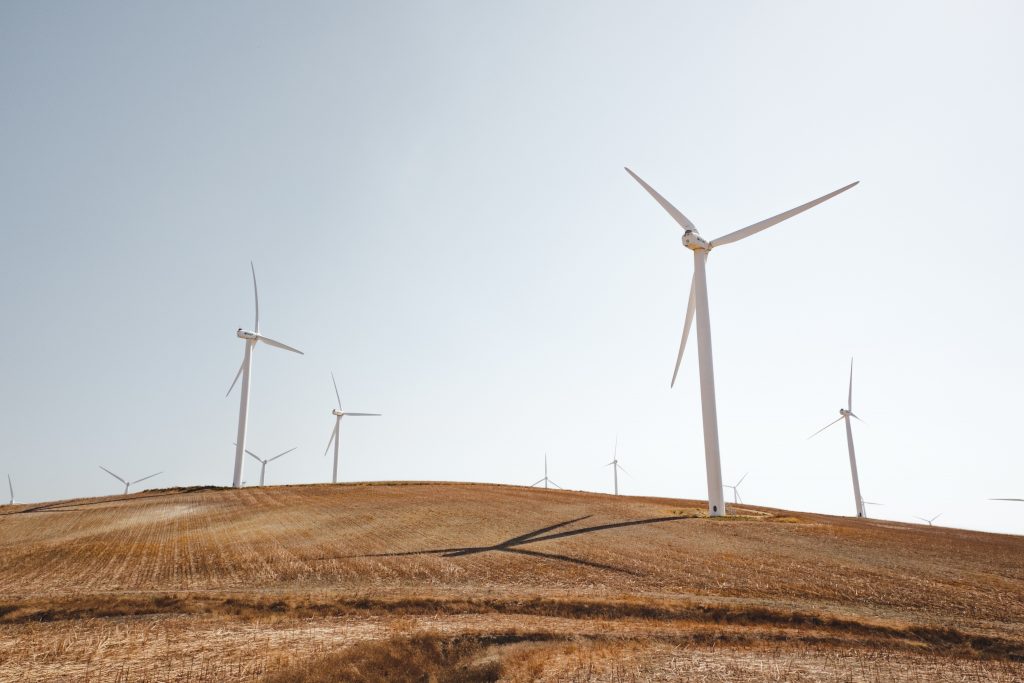Who?
What?
A design, engineering, architecture, planning, and advisory firm, hosting a series of global events, engagements and learning journeys – Arup Explores – focusing on disruptive themes and their implications for the built environment and society at large. Regenerative Design was a focus area for 2020.
How?
Their event series aimed to explore different approaches and innovations for regenerative design. The three thematic focus areas were:
- Rationale for regenerative design
- Policy, governance and instruments
- Technologies for new materials and green infrastructure
Topics included:
- Materials that capture more carbon than they consume
- Designs that actively enhance biodiversity
- Components with full circularity
- Buildings that clean water and utilise waste
“Human habitats are a second and artificial nature – the ‘built environment.’ To progress towards regenerative systems for our planet, we need to figure out how to design for all species.”

Outcomes/Example Projects
- Collaborating with MTR Corporation to identify and analyse the megatrends shaping the future of their rail and property business to 2030, helping the company to make decisions building resilience for the future.
- Developing a vision and roadmap on the future of the Hydrogen Economy to 2050.
- Innovations noted in Arup Foresight’s event series include:
DGNB certification for sustainable buildings: Applying a holistic approach and putting emphasis on performance. The key topics that sit under the DGNB System are people, circular principles, design quality, SDGs, EU conformity and innovation. The DGNB certificate also sets itself apart with a criterion for sustainable deconstruction.
BIOFab, fabulous bio-made building materials: Plants and bushes grow rapidly on roofs/terraces, and can absorb the same or even more CO2 as trees. Micro-algae cultivated in bio-reactors absorb 100x more CO2. Using plant-based and bio-fabricated materials for construction will help regenerate ecosystems. ‘Hempcrete’ – concrete made from Hemp – is also growing in popularity.
Regenerative Principles

Rooted in place/ context
Living systems thrive within a place, and natural ecosystems are open but contained within a context. So for regenerative business, connection to place and community matters. There is no “one size fits all” approach – it’s about working with local and regional ecosystems.

Interconnectivity
Interconnectedness often leads to unexpected non-linear changes because of many different feedback loops in the system. These relationships are the heart of regeneration.

Dynamic
Regenerative systems are Dynamic, as is nature. Change is a given: seasons cause growth, blossoming and decay. Regeneration is not something you can “solve for” once and then ignore. It’s about recognising that change is a constant and developing the capacity to continually adapt.
Design Principles

Learning from Nature
Best illustrated through the concept of biomimicry, ‘mimicking’ nature. Most well known in the world of design and architecture, the core idea behind it is widely applicable. It’s essentially about recognising that nature has a 3.8 billion year headstart on us when it comes to learning how to adapt, survive and thrive, and so we’d be foolish not to see it as a model to learn from and be inspired by. As Janine Benyus, Founder of the Biomimicry Institute puts it: “Life creates the conditions that are conducive to life.”

Circularity
The principle of designing waste out of the system, recovering water, waste materials and energy through production, usage and recreation processes to generate more materials and energy.

Aligning Inner and Outer
A crucial principle is integrity, or alignment of inner and outer. You can’t be regenerative on the outside without also being regenerative on the inside.


